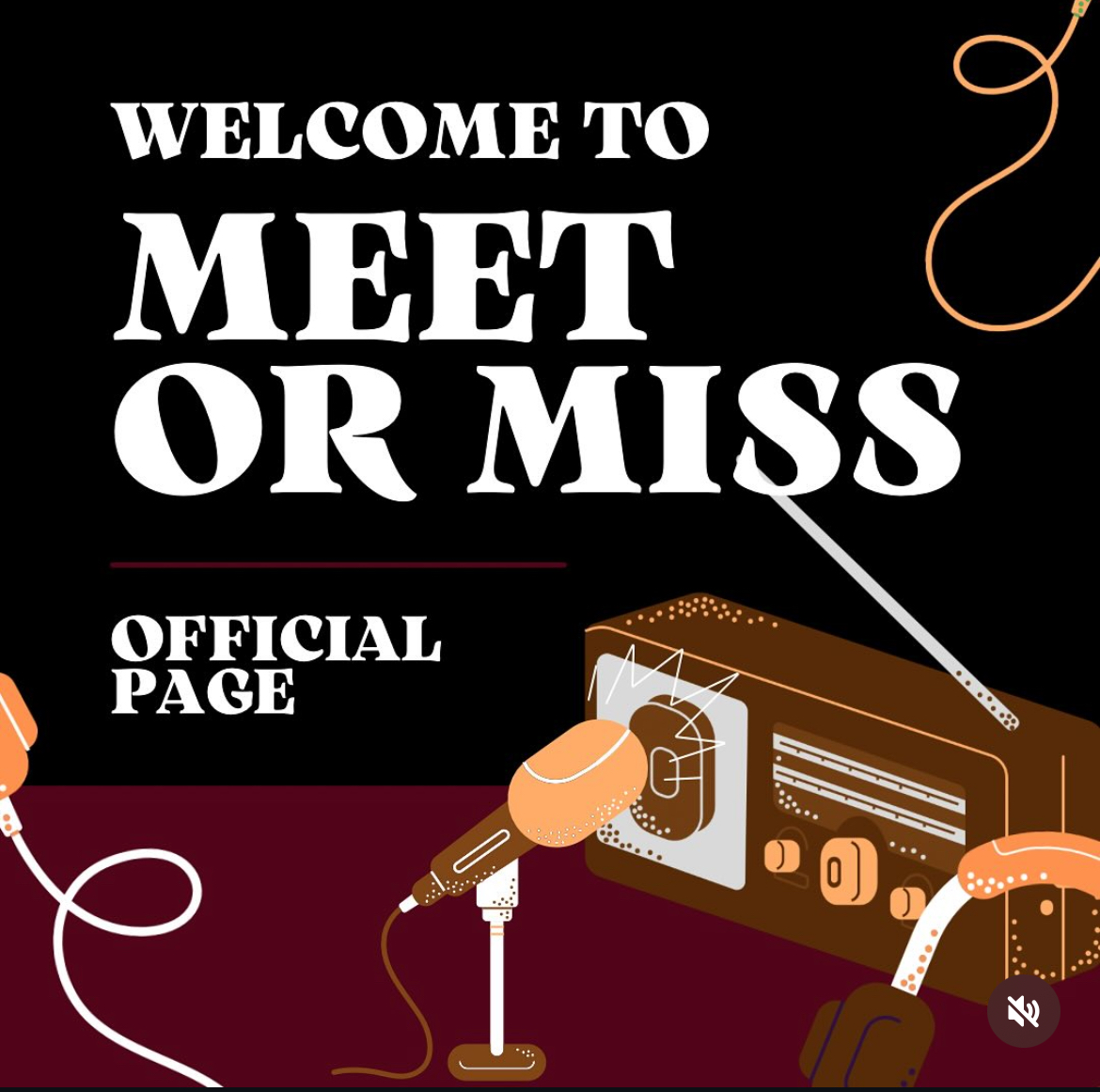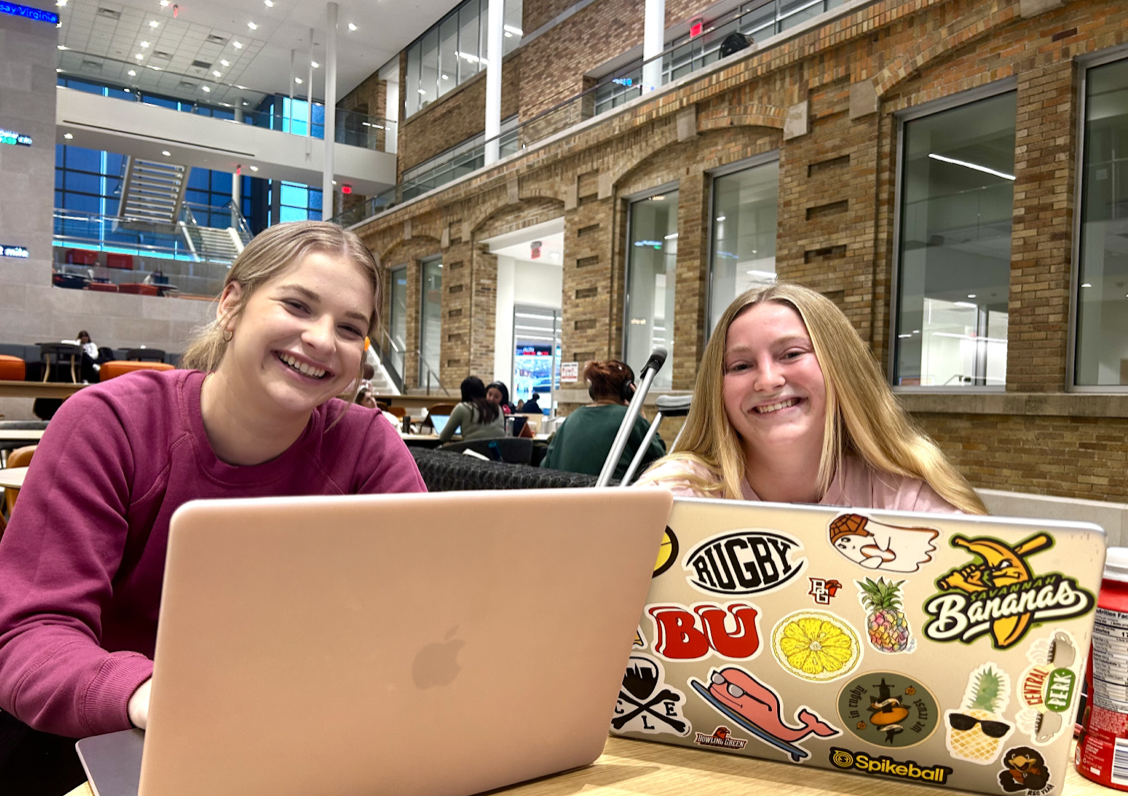When enthusiasm for a book overcomes me, I usually end up with late fees from the local library.
Such has been the case with the following two gorgeous, adventurous and daring genre-bending cookbooks. Maybe I should call them art books, or coffee-table books. Better yet, you check them out and decide.
“The Family Meal: Home cooking with Ferran Adria” is a step-by-step guide to complete meals crafted by world famous chef Ferran Adria. Adria and Eugeni de Diego, one of the head chefs at renowned and recently closed elBulli in Spain, developed this cookbook to serve as an accessible menu for restaurant staffs worldwide, but they realized that staff meals translate into nutritionally balanced and affordable meals for home cooks.
“Domestic cooks can learn many tips from how things are organized in a professional kitchen, and ‘The Family Meal’ aims to show people how easy it can be to cook in an organized way by adapting our recipes for home cooks,” wrote Adria.
In a very handy and practical manner, the chefs offer detailed tips regarding the procuring and storage of food as well as essential kitchen equipment and pantry necessities. What sets these tips apart from other cookbooks are the visuals that accompany them. A photograph accompanies each utensil so the beginning cook can see exactly what is needed while the advanced home cook can appreciate the pictures.
From the “Basic Recipes” to “The Menus” chapters, it is the photography that makes “The Family Meal” special. At the beginning of each menu, the complete mise en place (the organization of a recipe’s ingredients) is featured in a gorgeous spread and is accompanied by an ingredients list and a breakdown of the recipe’s time line, which helps the cook stay organized and focused.
Each and every recipe reads like a graphic novel. Rather than having a narrative of each step, the authors show each step in brightly detailed frames. The isolated focus in each photo really captures the essence of the recipe and illustrates exactly what each step will look like.
Because the 31 menus are broken down into three courses (starter, entrée and dessert), home cooks may choose to execute a meal or select just one specific recipe. For instance, I could cook a Complete “Meal 12: Potato Salad, Thai Beef Curry, and Strawberries in Vinegar” or I could just select the starter in “Meal 6,” which is a Potato Chip Omelet.
Some of the recipes do require ingredients that might be difficult to find locally, such as the squid in the recipe for Black Rice with Squid, but an online order or a quick trip to Toledo or Ann Arbor solves this problem. Rest assured; even with some exotic items, most of the recipes are comprehendible for all levels of home cooks because the accompanying pictures really break down how to cook the dishes.
Quite frankly, this is the first cookbook since Nigel Slater’s “Tender” and Michael Ruhlman’s “Ruhlman’s Twenty” that I have wanted to steal from the library, which is always a sign, for me, that it’s a must-buy. Not only is it thoughtful and understandable, but also it has some of the most beautiful food photography I’ve seen in awhile. To boot, it would make a great coffee table conversation piece.
An even more likely candidate for a coffee table book, though, is Daniel Humm and Will Guidara’s “Eleven Madison Park: The Cookbook.”
The sheer size of this cookbook (11.2 x 1.2 x 12.2) reminds me more of an art book than a cookbook. The full-page photographs of meticulously plated dishes feel more like color plates than representations of how the recipes should look when completed. And the recipes give the impression of being more like captions or descriptions than directions. One can only assume that Guidara’s experiences opening restaurants at the Museum of Modern Art in New York City contributed to the lavish design of this cookbook.
In other words, Humm and Guidara’s creations are not intended for those unfamiliar with the kitchen. The authors wrote, “If you never cook, this is probably a book that should stay on your coffee table. Many recipes require a significant time commitment, a certain level of skill, a reasonably equipped kitchen, and healthy dose of persistence.”
Almost all of the dishes are composed of many components, some requiring five and others demanding eleven or more, such as Veal: Variations with Summer Beans, Violent Mustard, and Savory.
After ogling the 300 plus pages of innovative, vibrant and complex recipes, including Beef Roasted Tenderloin with Bone Marrow Crust, Swiss Chard and Chanterelles or Venison Glazed with Pear and Black Trumpet Mushrooms, I finally pinpointed the most accessible chapter in the book, “Basic Recipes.”
Walking home cooks through inspired pickle recipes (imagine pickled plums, cantaloupe and seaweed), exotic oils and dressings, imaginative purees, unique stocks and jus, and striking sorbets and ice creams, these “Basic Recipes” are pretty easy to execute and, in themselves would impress any dinner guest. These recipes are intended to be components for the complex dishes, but they would do perfectly well standing alone too.
In terms of beauty and artful photography you can taste, cookbook owners can’t go wrong with “Eleven Madison Park.” But if you’re seeking practical application with clear directions, “The Family Meal” hits home.
http-_www.energytimes.com_images_reviews_THE-FAMILY-MEAL1













